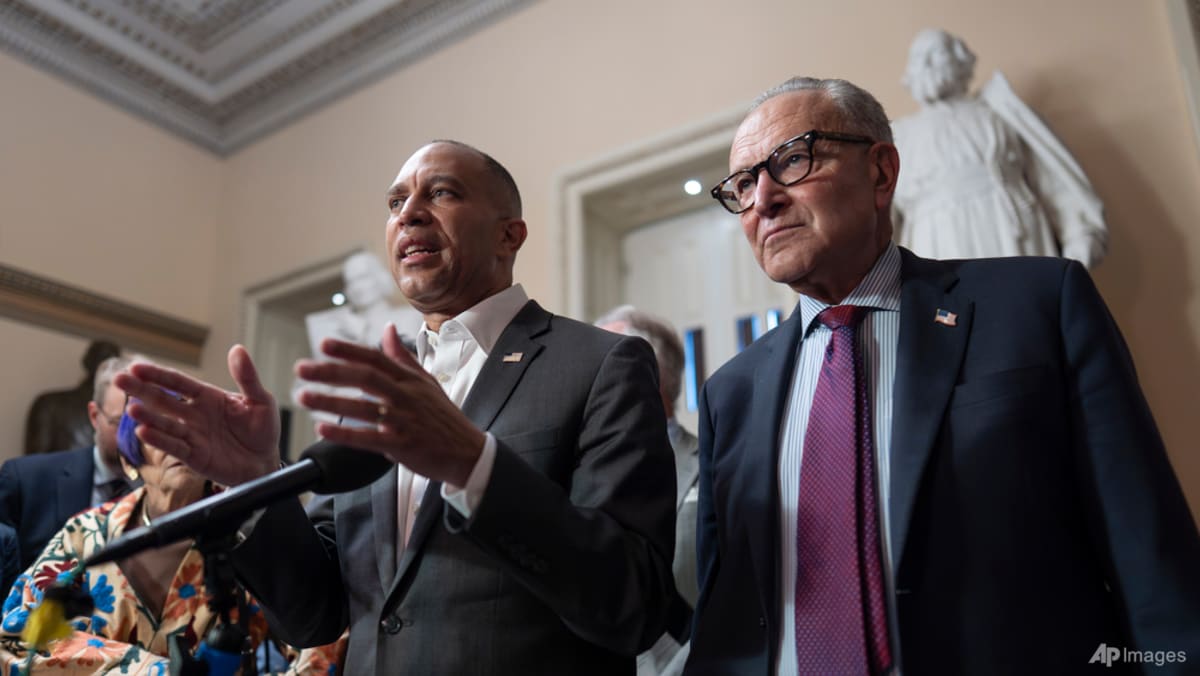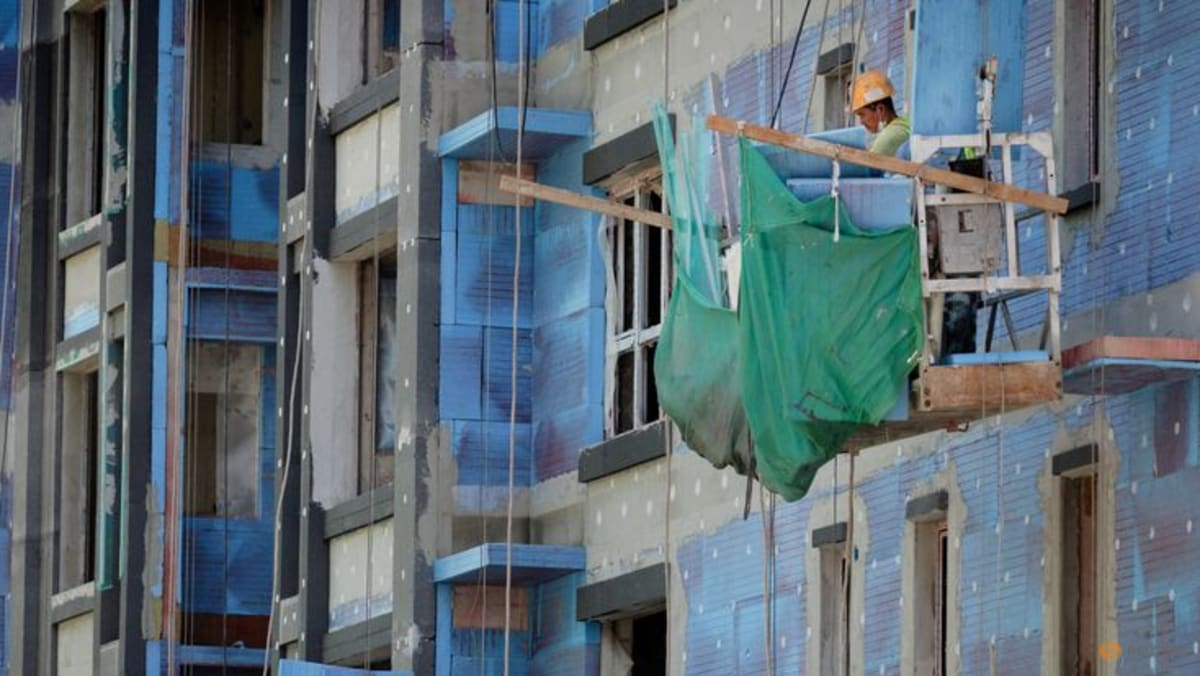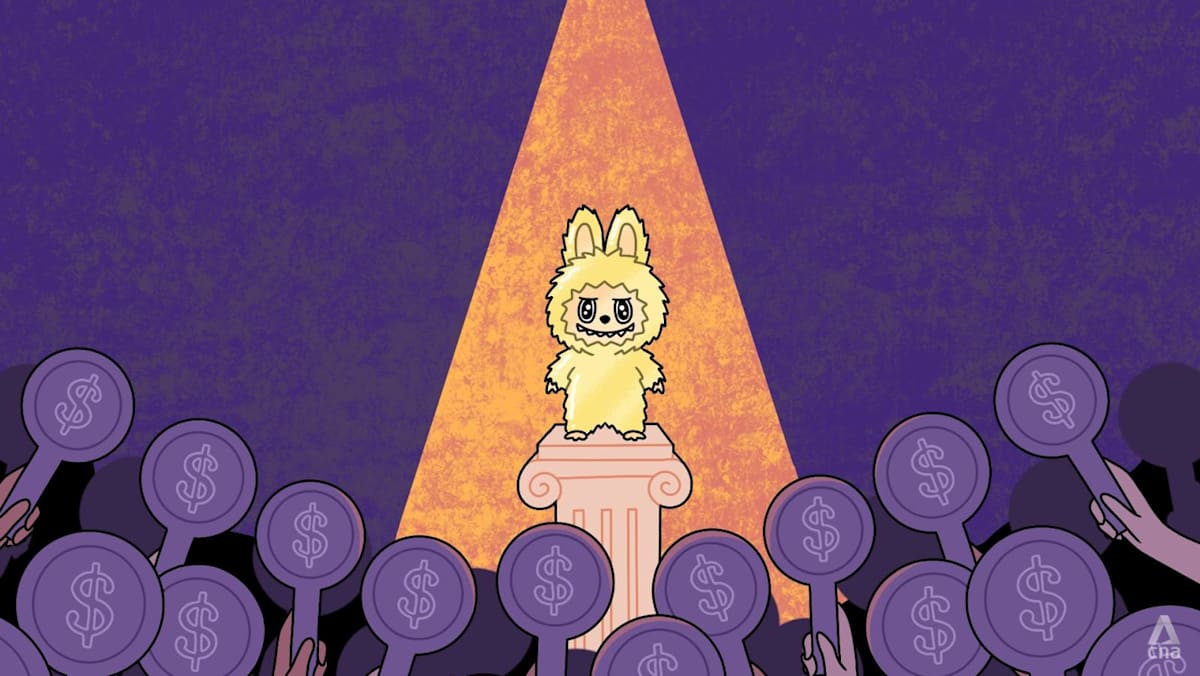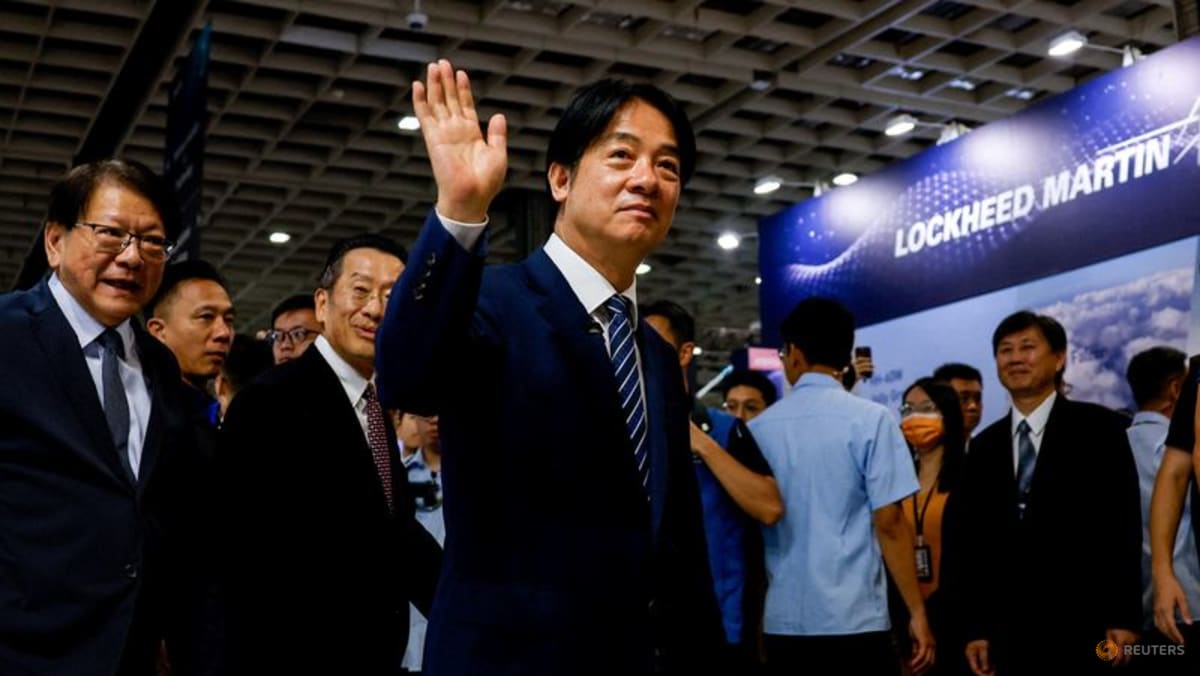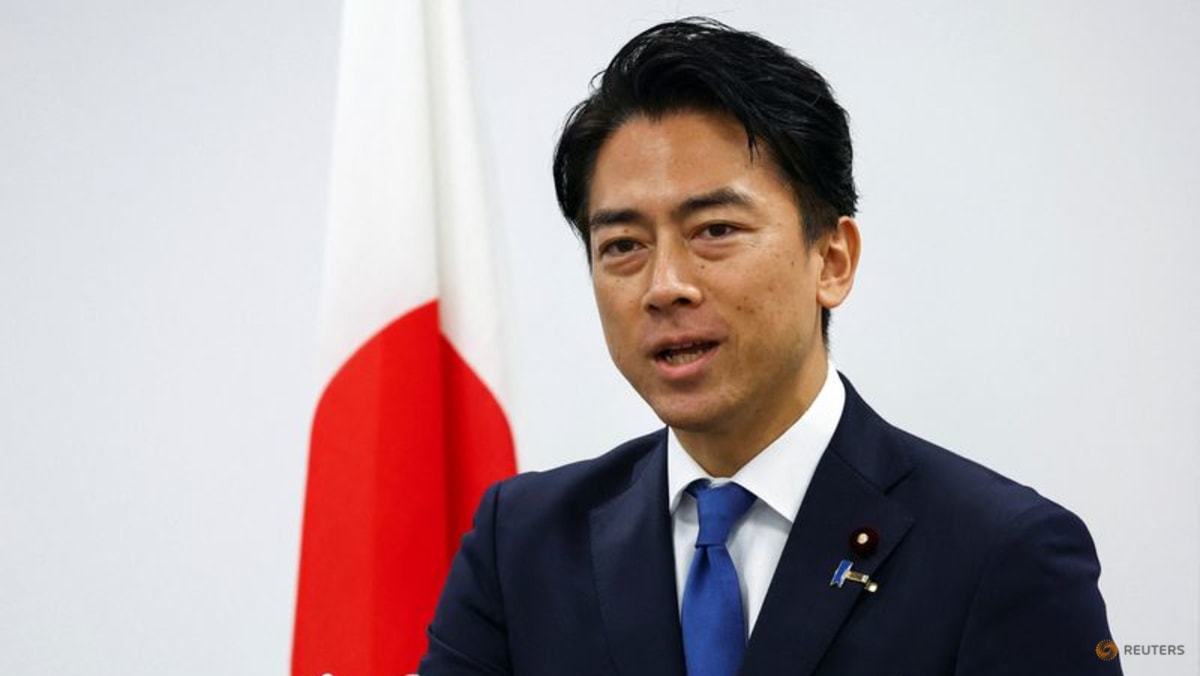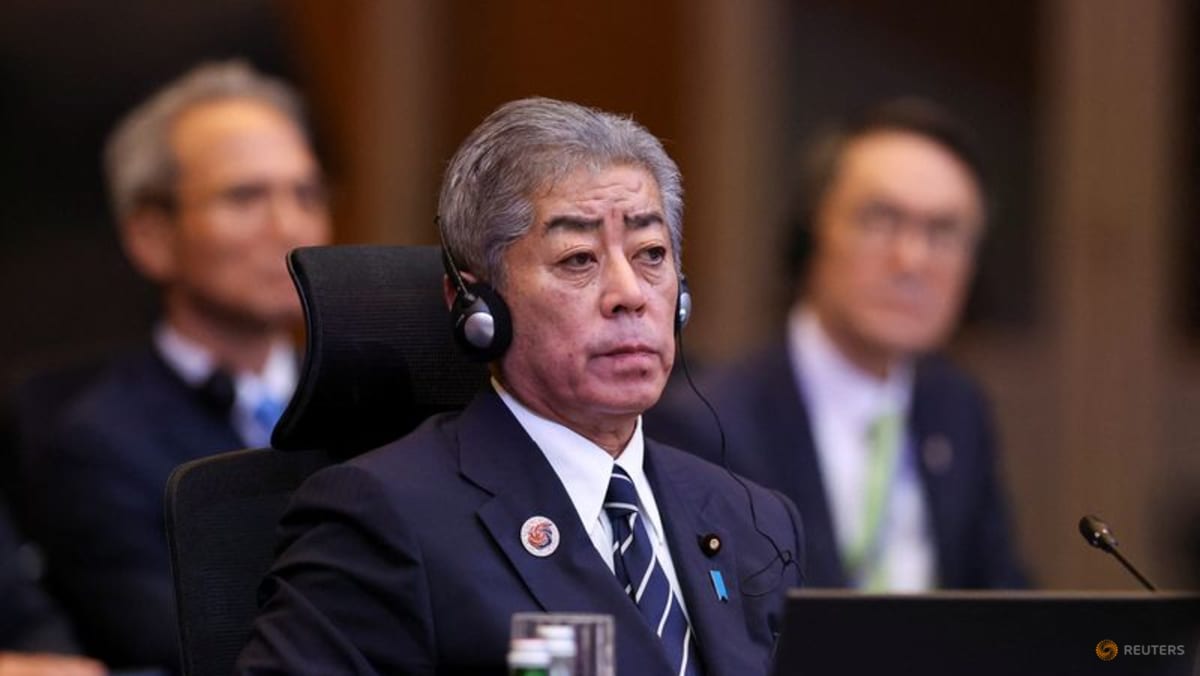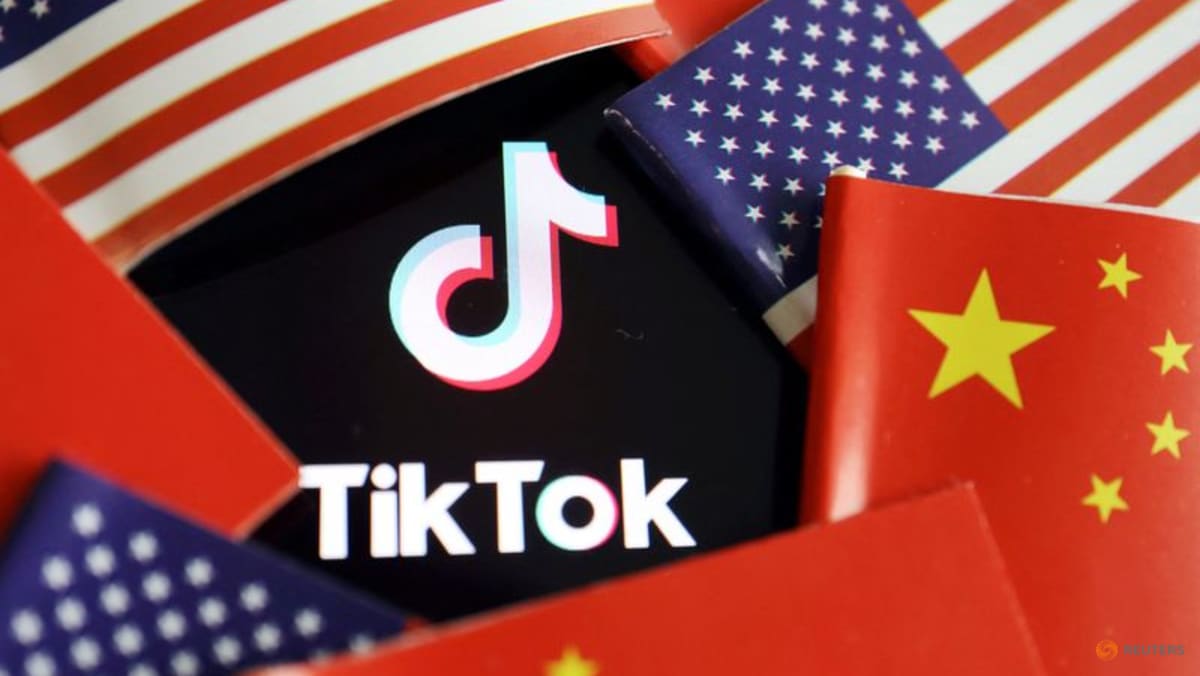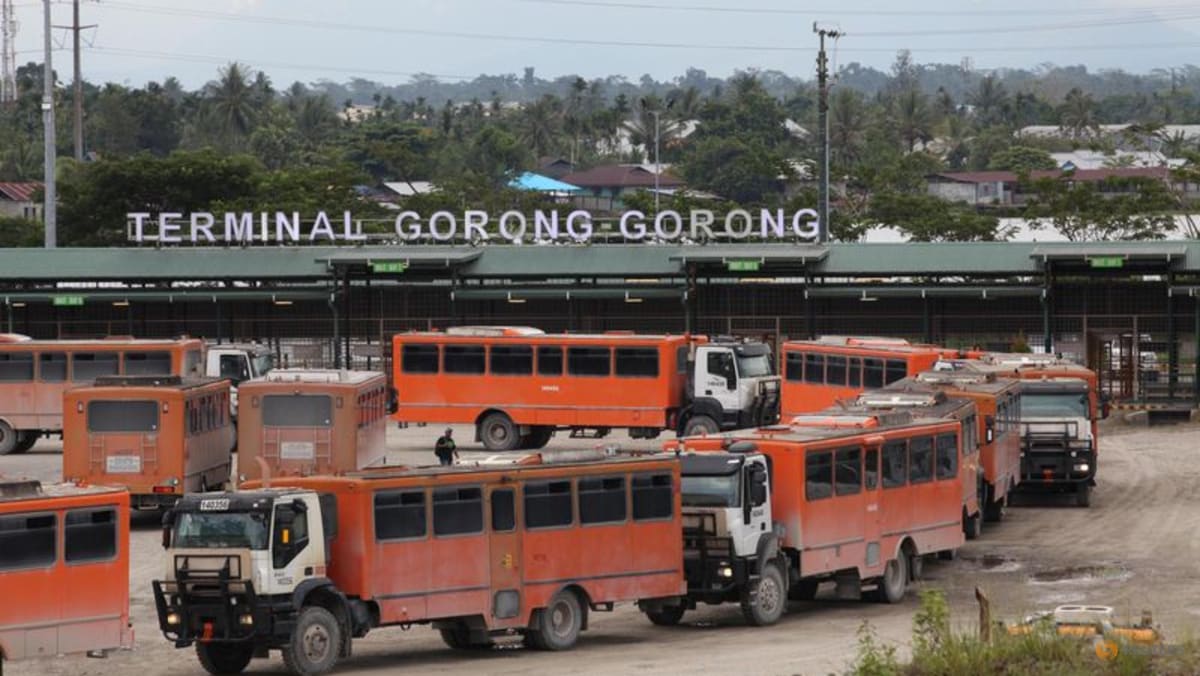Beijing has set its official growth target this year at around five per cent, although many economists consider that goal to be ambitious because domestic spending remains sluggish.
The government has introduced a series of aggressive moves since last year in an attempt to get people spending, including key rate cuts, abolishing some restrictions on homebuying and a consumer goods trade-in scheme.
In a signal of further deflationary pressure, Chinese factory gate prices fell in June at the fastest rate in nearly two years, the NBS also said on Wednesday.
The producer price index declined 3.6 per cent year-on-year, accelerating from a 3.3 per cent drop in May, and faster than the 3.2 per cent decline estimated in the Bloomberg survey.
“I think it is too early to call the end of deflation at this stage,” Zhiwei Zhang, president and chief economist at Pinpoint Asset Management, wrote in a note.
China’s once-booming real estate market has been mired in a crisis for years, stalling many large construction projects and spooking would-be homebuyers.
“The momentum in the property sector is still weakening,” Zhang said.
The slump in the property market – long a key driver of growth – gives China’s exports a more prominent role in boosting economic activity.
However, the outlook for Chinese exports has also darkened with fierce headwinds on trade this year.
Trump revealed new tariff rates for many countries this week, with many at levels similar to those announced – and later paused – in April.
Zhang said: “The market is too complacent about the damage of such high tariffs on both the US and the global economy.”

